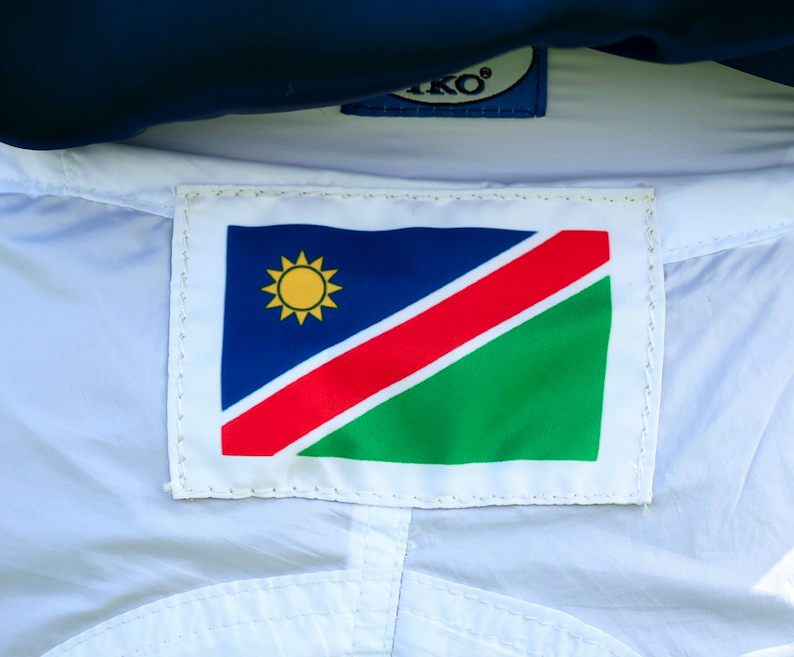Namibia's Emerging Oil Industry: Balancing Economic Potential with Sustainable Development
Namibia's oil exploration journey reveals a more nuanced reality than initial projections suggested. While facing geological challenges, the country maintains potential for significant production by the mid-2030s, balancing economic opportunities with practical limitations.

Offshore oil exploration platform along Namibia's coast, representing the nation's emerging petroleum industry
From High Hopes to Realistic Expectations in African Oil Exploration
Namibia has emerged as a focal point for global oil exploration, drawing significant attention from major industry players. While initial expectations may have been overly optimistic, recent developments suggest a more measured but still promising outlook for the African nation's petroleum sector.
The Guyana Comparison
The industry's enthusiasm stems largely from parallels drawn with Guyana's success story. The Latin American nation saw its oil production skyrocket from negligible levels in 2019 to 700,000 barrels per day in 2024, with projections reaching 1 million barrels daily by 2027.
However, Namibia's geological reality presents distinct challenges. The country's rock formations exhibit low permeability, making oil extraction more complex. Additionally, high gas-to-oil ratios necessitate sophisticated and costly offshore operations.
Adjusting Market Expectations
Recent setbacks have tempered initial optimism:
- TotalEnergies SE declared an end to certain exploration efforts
- Chevron Corp. reported an unsuccessful well drilling
- Shell Plc took a $400 million write-down on an uncommercial discovery
"I think the hype was too high, right, so, we need to lower our expectations," noted central bank Governor Johannes !Gawaxab in February.
Realistic Growth Potential
Despite these challenges, analysts project Namibia could achieve production levels of 300,000-400,000 barrels daily by the mid-2030s. While more modest than Guyana's output, this represents a significant contribution to global oil supply, particularly given the scarcity of new production basins.
The next year will be crucial in determining the true scale of Namibia's oil reserves, with implications for both economic development and environmental considerations.
Jasmine Demraoui
Journalist in governance and climate reform, based in Windhoek.
